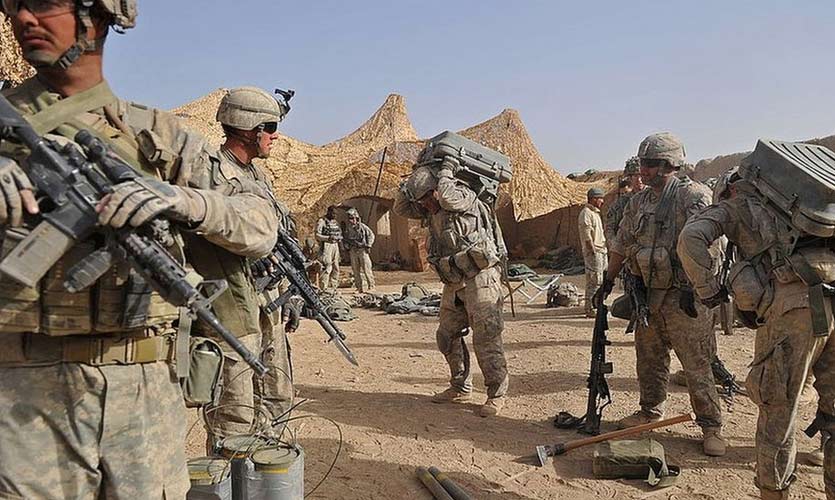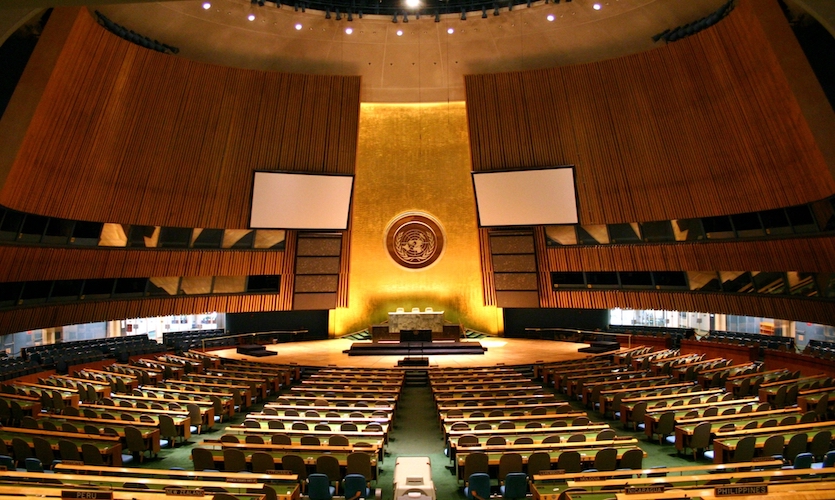Before dawn on Tuesday, August 31, the last of the US troops and its NATO allies withdrew from Afghanistan. The US’ combat operations in Afghanistan lasted just about 20 years. During the war, the longest in America’s history, it was responsible for the vast majority of Afghanistan’s spending.
According to the BBC, the US has spent more than $2 trillion, as per the Costs of War Project of Brown University. These figures include the $800 billion in direct financing costs and $83 billion for the Afghan army’s training.
According to the United State government statistics, the cost of the war soared to over $100 billion a year between 2010 and 2012, when the US deployed more than 100,000 forces in the Afghan region. The military expenses plummeted as the military moved its attention away from aggressive operations and towards training Afghan forces. A top Pentagon official informed the US Congress in 2018 that annual expenditures had risen to about $45 billion.
In Afghanistan, the total military expenditures (from October 2001 to September 2019) reached $778 billion, as reported by the US Department of Defense. The United States state department, the United States Agency for International Development (USAID), and other government agencies have spent $44 billion on reconstruction efforts. The US has spent $822 billion on the Afghan war from 2001 to 2019, based on official figures, not including the US’ spending in Pakistan, where its Afghanistan related operations are based.
Brown University researchers found that the US spent $978 billion on the war in Afghanistan and Pakistan (including money allocated for the 2020 fiscal year), indicating heavy spending. Several factors affect the assessment of the costs, including accounting methods that vary between government departments, changing over time, and resulting in different estimates of the overall cost. In the course of the war, Germany and the UK spent an estimated $19 billion and $30 billion, respectively.
NATO and the United States remain committed to funding Afghanistan’s own security forces through 2024, despite pulling out all troops. NATO has sent supplies and equipment worth $72 million to Afghanistan so far this year.
Response operations and the military’s requirements like food, clothing, medical care, and special pay and perks have accounted for the majority of the money spent in Afghanistan. The US’ spending on rebuilding Afghanistan since 2002 is estimated to have totalled $143.27 billion, according to official figures.
Almost all of the money ($88.32 billion) went to the Afghan National Army and police force. Over $36 billion were budgeted for governance and management, while smaller sums went to anti-drug operations and humanitarian relief. Over the years, some of this money has also been lost due to wastage, fraud, and misuse. In October 2020, the US Congress was informed that about $19 billion had been mismanaged between May 2009 and December 31, 2020, in a report on reconstruction efforts in Afghanistan.
Read more: Why Have Russia, China And Iran Decided To Let It Play Out With The Taliban?
Human Lives Spent
Direct war violence has claimed the lives of 801,000 people in Iraq, Afghanistan, Syria, Yemen, and Pakistan. Conflicts have led to a much higher number of fatalities and injuries among the civilian population, as well as indirect deaths from the destruction of hospitals, infrastructure, and environmental contamination.
There have also been tens of thousands of civilian contractors who have lost their lives. Many people have perished as a result of injuries and diseases experienced in combat zones. More than a hundred thousand soldiers and contractors have been wounded, and many have war-related disabilities. Allied security forces have also suffered significant casualties, as have opposition forces.
Civilians make up the overwhelming majority of those killed. The war has claimed the lives of more than 335,000 civilians since 2001. 51,191 Taliban and other opposition fighters killed during the war. Nearly 4 million Iraq and Afghanistan veterans have received substantial health care, disability, burial, and other benefits from the United States.
In terms of human lives, holding those responsible for the 9/11 attacks accountable in alternative, non-military ways would have been far less costly. The United States’ invasion of Iraq, for example, has turned the country into a laboratory for militant groups such as the Islamic State to refine their recruitment and violent techniques. A major human cost of that war is the spread of Islamist militant groups throughout the region.










